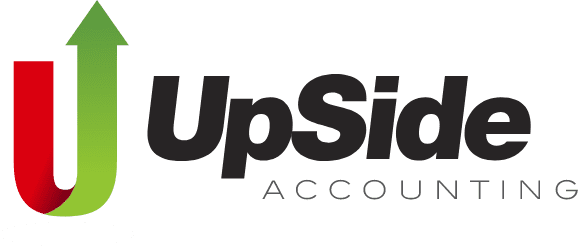It never fails to sneak up on you: Tax time! Whether it’s your personal taxes in the spring or your corporate fiscal year end, getting your books together is a hassle. Follow our guide below to stay on track and make your tax filing as smooth as possible.
First, your accountant needs your business.
The first thing your accountant needs from you is an appointment. By mid-February, you should have already contacted your accountant to be sure they can process your file this year. If they can’t, you’re going to need that lead time to find a new one. Accountants do all the same things regular people do like get sick, sell the business, and retire. This is why it’s prudent to check-in with yours and make sure you’re both on track for this year’s file.
Second, your accountant needs you to reconcile your books.
Since you have already contacted your accountant (right?!), they have provided you a Profits & Loss form (P&L) or given you instructions on how to give them access to your cloud bookkeeping platform. Bonus Tip: If they haven’t, look for a new accountant! In both instances you need to have entered into either the P&L or your cloud file:
- Invoices – whether paid or unpaid, if you issued an invoice in the tax filing calendar year, they go in the tax file.
- Pay stubs – if you pay yourself a salary or you pay additional staff, all of that has to be included.
- Receipts and bills – every receipt that pertains to your business goes into the file, including but not limited to: office supplies, machinery, property, vehicles, gas, meals, internet, cell phones, marketing expenses, travel expenses – if you pay for it and use it for work, add it to the pile.
- Kilometres – If you claim the use of your car for business use, you need to include the number of kilometres you traveled for work.
If you are a Sole Proprietor you also include receipts from medical care not covered by insurance, any donation receipts, investment income statements, property purchases, and everything else you would include on a personal tax return. Because this IS your personal tax return.
Incorporations need to include any shareholder transactions (investments and withdrawals), HST payments, HST claims, dividends, bank statements, and all of your bookkeeping records.
Bonus tip: Make your tax filing easier still with cloud accounting. Just enter in your information into the database as it comes throughout the year then grant your accountant access to prepare your file. OR, even easier, subscribe to a digital filing cabinet like Hubdoc and let the pros do the rest.
Finally, your accountant needs a little bit of your time.
Your accountant will likely need at least an hour of your time, divided up, to sign releases, fix bookkeeping errors, plan for the year coming and the like. Factor travel time on your part into that.
Your accountant may seem like a superhero, but at the end of the day they are mortals just like you, so you won’t be able to deliver your tax file to them the day it’s due and meet your deadline. But you called ahead and got a realistic timeline from them a month ago, right? Be realistic about the timing, start reconciling early, and tax time will become routine instead of a hassle.
Ready to find out what the fuss is about cloud accounting? Contact our team at UpSide Accounting from anywhere in Canada to get steered in the right direction.

